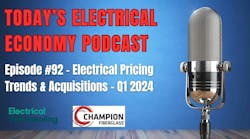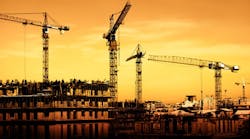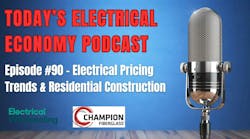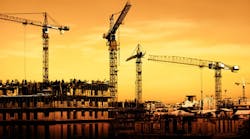Builiding permits dip 7.5% in June but are tracking 16.1% above June 2012. The U.S. Census Department says privately-owned housing units authorized by building permits in June were at a seasonally adjusted annual rate of 911,000, 7.5% below the revised May rate of 985,000, but 16.1% above the June 2012 estimate of 785,000. Single-family authorizations in June were at a rate of 624,000; 0.6% above the revised May figure of 620,000. NAHB’s David Crowe said although housing starts were down in June, “The fact that single-family starts and permits both rose in three out of four regions in June is a positive sign that’s in keeping with our forecast as well as recent surveys in which single-family builders have registered an increasingly positive outlook.”
ABI back in growth territory. The Architecture Billings Index (ABI) remained positive again in June after the first decline in ten months in April. As a leading economic indicator of construction activity published by the American Institute of Architects (AIA), Washington, D.C., the ABI reflects the approximate nine- to twelve-month lag time between architecture billings and construction spending. The AIA reported the June ABI score was 51.6, down from a mark of 52.9 in May. This score reflects an increase in demand for design services (any score above 50 indicates an increase in billings).
“With steady demand for design work in all major nonresidential building categories, the construction sector seems to be stabilizing,” said AIA Chief Economist Kermit Baker. “Threats to a sustained recovery include construction costs and labor availability, inability to access financing for real estate projects, and possible adverse effects in the coming months from sequestration and the looming federal debt ceiling debate.”
PMI also swings back to growth. The Purchasing Managers Index registered 50.9 percent, an increase of 1.9 percentage points from May’s reading of 49 percent. Any reading of 50 or better indicates growth in the purchasing arena. The PMI is published monthly by the Institute for Supply Management (ISM). The survey of the nation’s supply executives also said the latest PMI data showed the overall economy grew for the 49th consecutive month.








